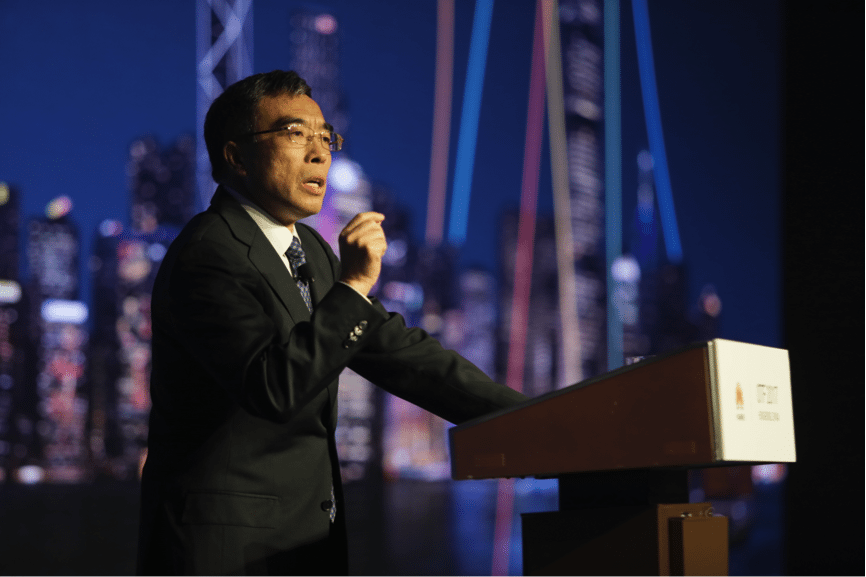At the Operations Transformation Forum 2017, Dr. Howard Liang, Huawei Senior Vice President and Chairman of Open ROADS Community gave a speech titled “Accelerating Digital Operations Transformation”. He pointed out, Digital operations transformation ultimately is about creating additional business value while providing a better, more compelling experience to our customers. Based on Huawei’s own internal transformation activity as well as our experience working with operators, on their own transformations, he recommended 3 key ingredients for a successful transformation: Firstly, follow the Digital Mastermind: a comprehensive set of prescriptive methods for transformation, building on the work of the Open ROADS community. Secondly, create an industry reference model, which allows best-in-class solutions to be incorporated into the to-be solution. And, last but not least, prioritise the transformation activities to ensure that real value is regularly delivered throughout the transformation.

Digital Mastermind
Building on the experience of digital transformation within Huawei over the past two years, together with findings and best practices identified by the both the Open ROADS Community and from wider industry, we have created a clear methodology to guide us, which we call the Digital Mastermind. This helps create tangible transformation goals from existing business challenges, and identifies capability gaps to guide and prioritize the subsequent re-architecting of complex networks and IT systems.
Dr. Liang said, we have already put the Digital Mastermind into practice in Hong Kong Telecom’s digital operations transformation project. By applying tools like Design Thinking, the Open Digital Maturity Model, and Value Stream modelling, we have taken HKT’s business ambition and created 8 tangible value goals, which have been delivered through our value management practice.
Telecom Industry Reference Model
Operators have many different objectives for digital operations transformation, such as improving user experience, speeding up service provisioning, recouping network investment, or improving operations efficiency. Furthermore, each will have a different starting point, with complex network and IT systems already in place. There is no one-size fits all architecture. Instead an industry reference model is required to guide the solution design through all phases of the transformation. By adopting the industry reference model, it can guide our adoption of best-in-class implementations and encourage operators to build up long-term partnerships.
A good example of this is the Omni-channel Management Alliance, which brings together multiple diverse companies to enable a powerful omni-channel user experience. A further example is the adoption of the ONAP open-source framework for the service and network layers. This can reduce service time to market and achieve self-healing, automated O&M. Dr. Liang said, just three days ago, the power of this approach was demonstrated in our digital operations transformation project for Hong Kong Telecom: Using the ONAP open-source framework, model-driven methods allowed the Cloud Mobile APN service to be activated within hours. Instead of requiring manual configuration of eight types of NEs, the deployment was automated using model templates and cross-domain orchestrators.
Continuous Transformation Journey
Rather than taking a big bang approach, successful digital transformation should be conducted incrementally, with a clear vision and ambition, and the collaborative effort of all employees and partners. To enable success, the industry reference model helps the enterprise to build an architecture vision, the Open Digital Maturity Model helps to identify the business and technology capability gaps, and experience design helps to understand and accommodate the needs of each customer persona in the design of the customer journeys. Of course, all these factors need to be realized through actual digital operations. To achieve this, the business architect will design the value streams and identify the required capabilities, while the business process analyst and agile development team, in conjunction with our partners, will continuously build, integrate and deliver the features.
It does not matter which business scenario an operator chooses to start with, with the Digital Mastermind and telecom industry reference model, we work together with the operator to plan their transformation pathway and identify the required business capabilities. At Huawei, we are ready to work with operators to help them address the challenges of digital operations transformation. With continuous practice and experience growth, we are confident that Huawei will become an important partner for operators working towards digital operations transformation and help you achieve business success.

